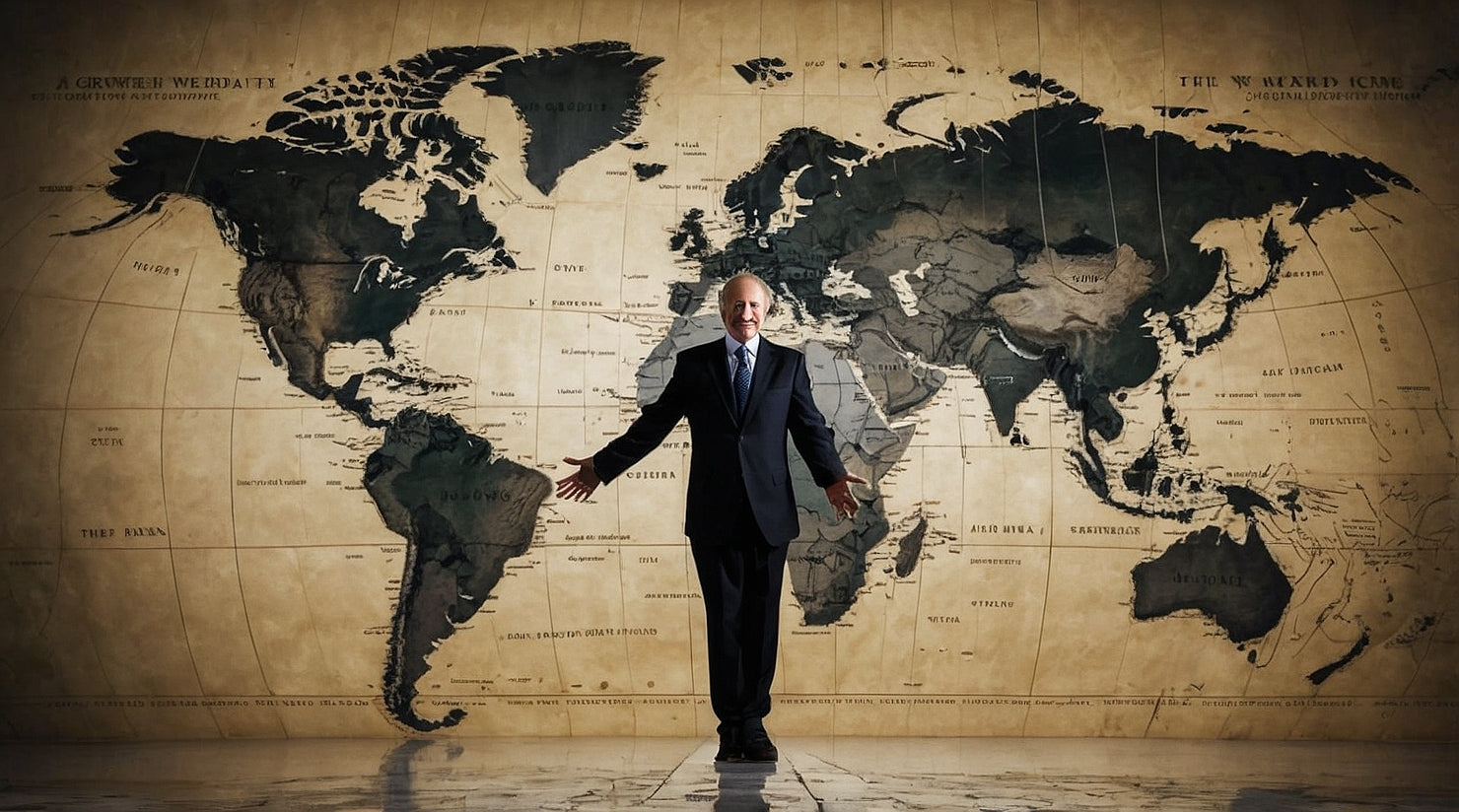
The Greenwich Meridian: How an Invisible Line Changed the World
The Greenwich Meridian is more than just a line on a map. It is the world's reference point for measuring time and longitude. But how did an invisible line have such an impact on our daily lives? Let's embark on a journey through time and space to understand this fascinating story.
The era of great explorations: a need for precision
Imagine yourself in the 18th century, on the open sea, without GPS or reliable watches . How do you know exactly where you are? This was the daily headache of sailors of the time.
- Latitude (north-south position) could be determined by observing the stars
- Longitude (east-west position) remained a mystery with no common reference point
This uncertainty was as dangerous as sailing with a stopped automatic watch !
The race for the reference meridian
Faced with this challenge, a real competition began between maritime nations. Each country wanted to impose its own meridian as a world standard. It was a bit like the current rivalry between the best brands of men's watches !
The International Conference of Washington (1884)
In 1884, 26 countries met in Washington to decide this question. After intense debate, the Greenwich Meridian was chosen as the world reference. But why this meridian?
Why Greenwich won the bet
- British Sea Power : The British Empire dominated the seas and its nautical charts were widely used.
- The excellence of the Royal Observatory : Founded in 1675, it was renowned for the precision of its measurements.
- A practical choice : Unlike other proposals, the Greenwich meridian did not cross any major continents.
It's a bit like choosing the Rolex of the time as the world watchmaking reference!
The consequences of a historical choice
The adoption of the Greenwich meridian had major repercussions:
- Creation of the time zone system
- Standardization of world maps
- Development of international trade
Imagine the impact on everyday life: it's like switching from a mechanical watch to a quartz watch in terms of precision and standardization!
Greenwich in the age of GPS
Today, although modern technologies such as GPS use more precise systems, the Greenwich Meridian remains an important cultural and tourist reference. It's a bit like those iconic luxury watches that keep their prestige in the era of smartwatches.
The enduring legacy of the Greenwich Meridian
The choice of the Greenwich Meridian perfectly illustrates how a scientific and political decision can shape our daily lives for centuries. From maritime navigation to the smartphones in our pockets, this invisible line continues to influence our perception of time and space.
Just as a well-maintained automatic watch can last a lifetime, the legacy of the Greenwich Meridian continues to mark our times, reminding us of the importance of precision and standardization in an increasingly connected world.
FAQ
What exactly is a meridian?
A meridian is an imaginary line connecting the North and South Poles, used to measure longitude.
Is the Greenwich Meridian visible on the ground?
No, it is an imaginary line, but a metal line on the ground marks its location at Greenwich Observatory.
Why do we say "GMT" (Greenwich Mean Time)?
GMT was the time based on the sun's passage over the Greenwich meridian. It was replaced by Coordinated Universal Time (UTC) in 1972.
Is the Greenwich Meridian still used in navigation?
Although modern GPS systems use more precise references, the Greenwich Meridian remains the basis of the international geographic coordinate system.
Can you visit the Greenwich Observatory?
Yes, the Royal Observatory Greenwich is open to the public and offers fascinating exhibitions on the history of time and space measurement.

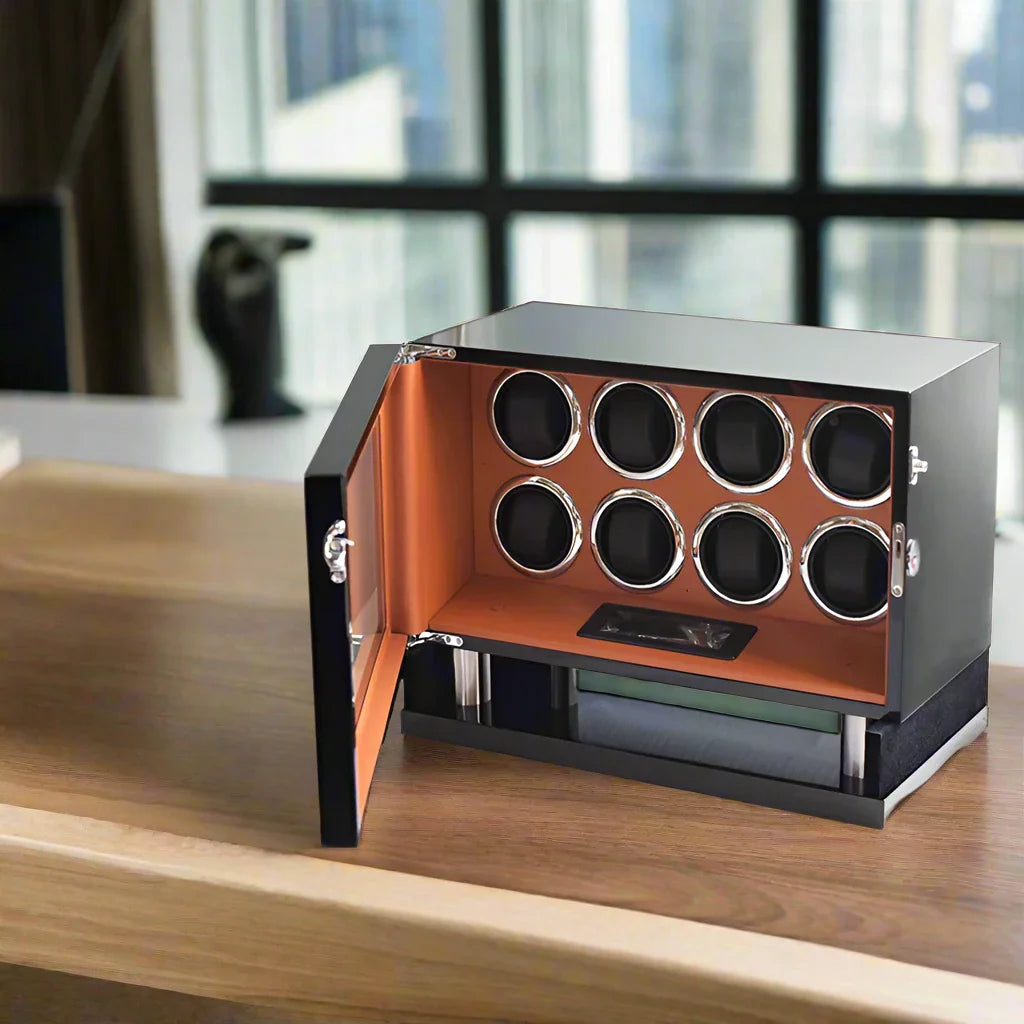

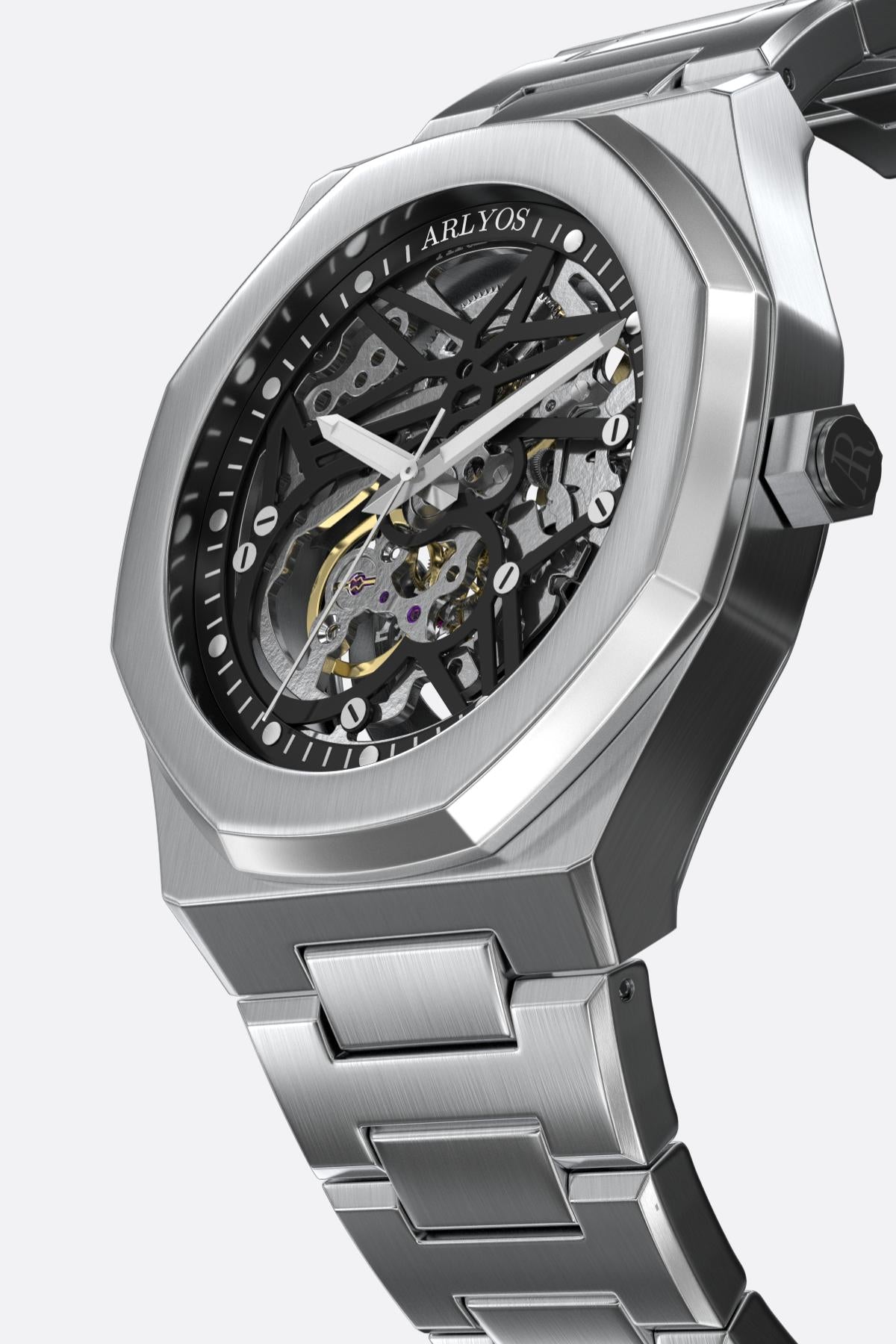


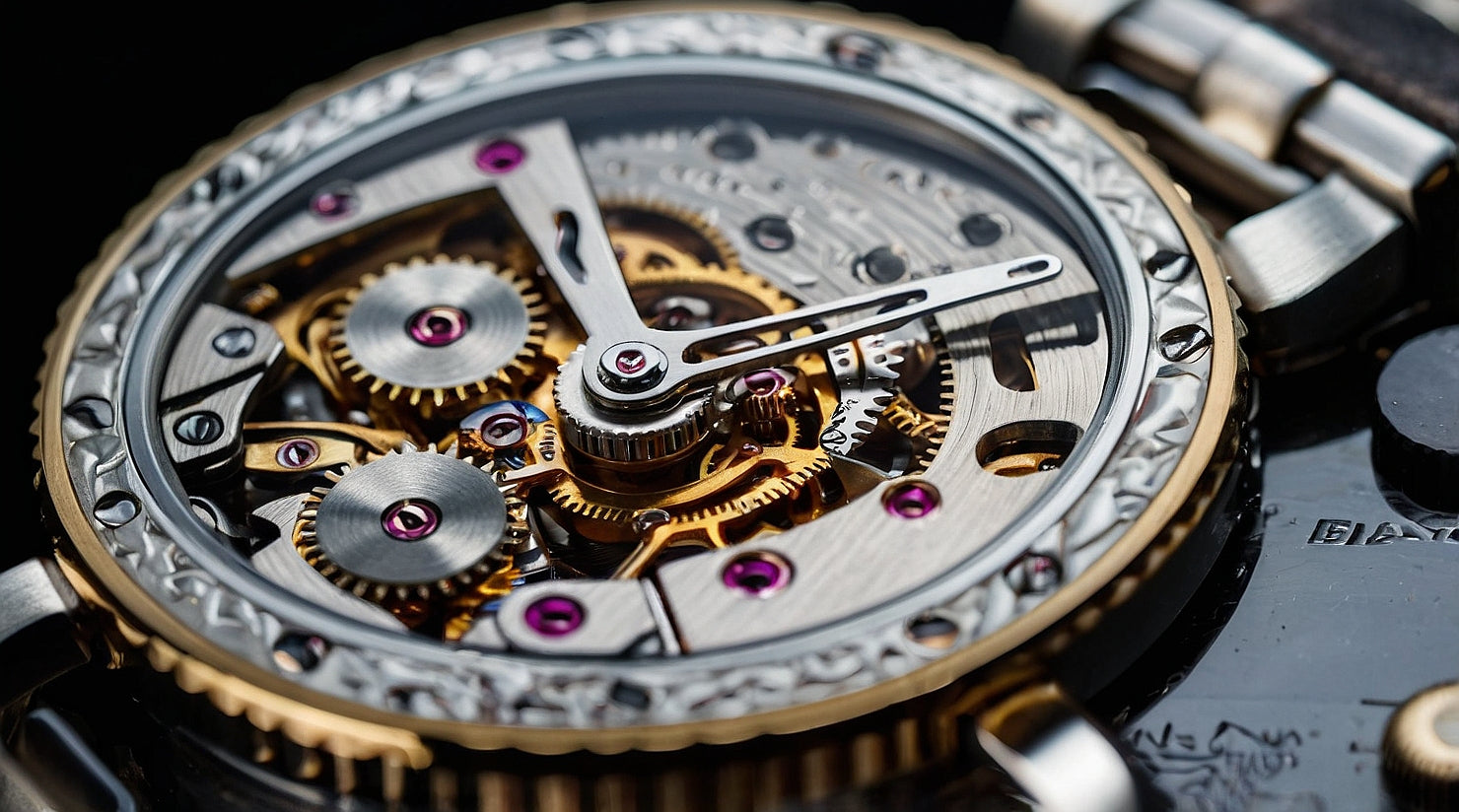


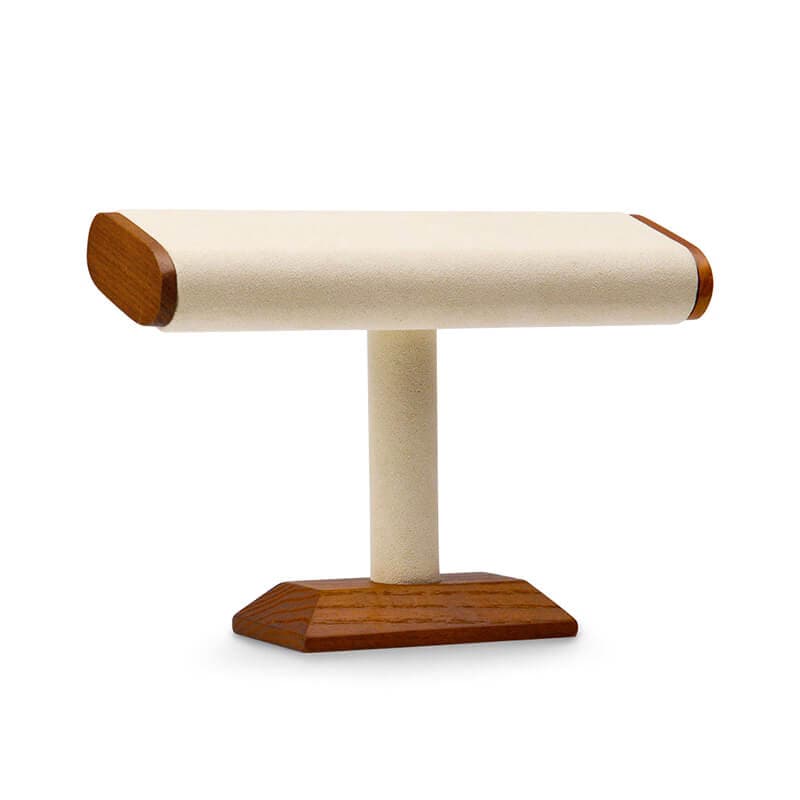
Leave a comment
This site is protected by hCaptcha and the hCaptcha Privacy Policy and Terms of Service apply.